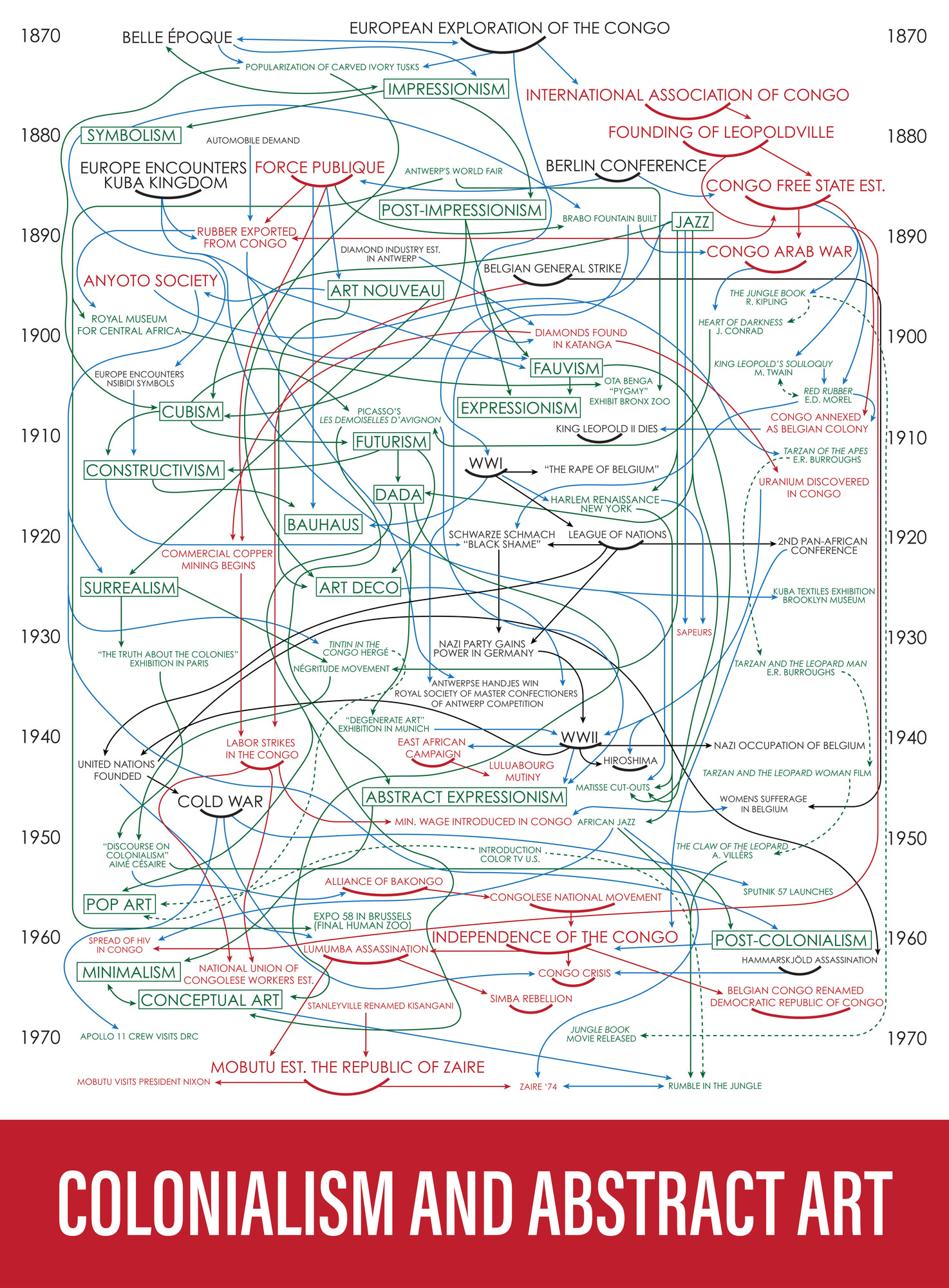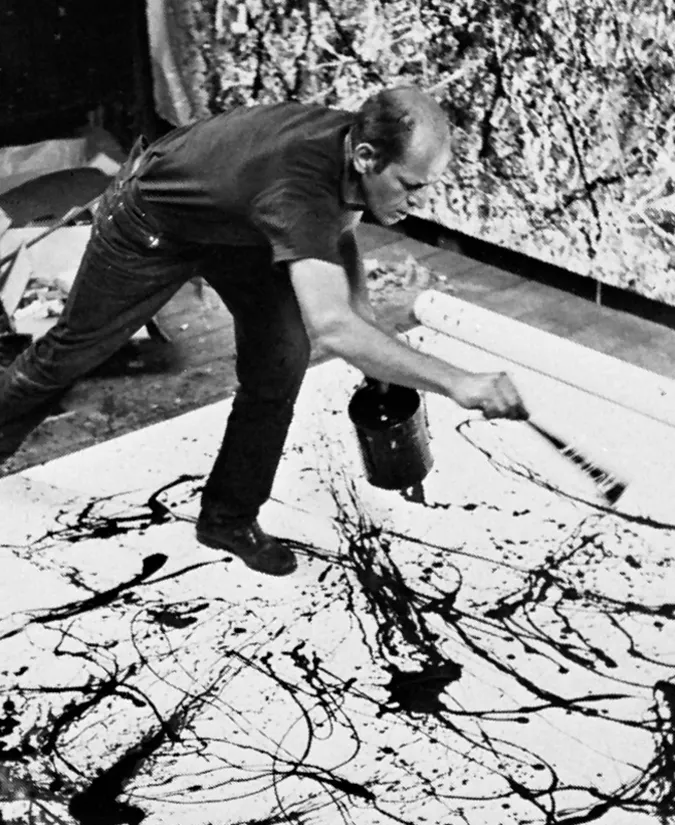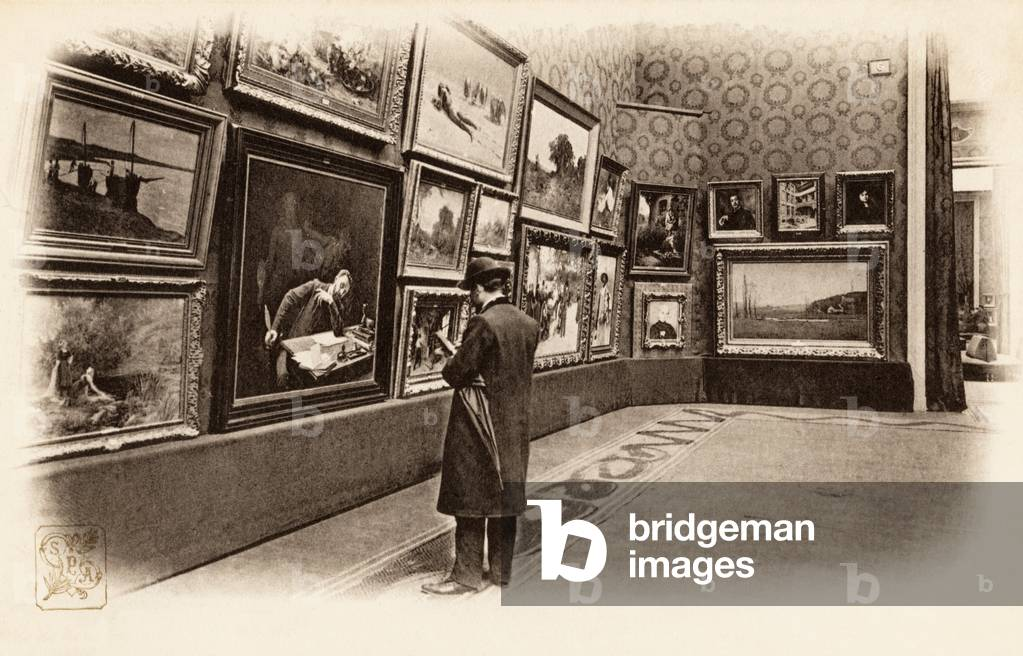Intro Info- What is Modern Art?
1/8
Earn XP
Description and Tags
from the into powerpoint lecture
Name | Mastery | Learn | Test | Matching | Spaced |
|---|
No study sessions yet.
9 Terms

Alfred Barr
founding director and curator of the Museum of Modern Art (MoMA) in New York City, responsible for deciding what is modern art and the relationships between its movements during the 20th century
picture ex: Barr, Cubism and Abstract Art, 1936

What is Art History?
studying not only art’s formal qualities but also the history and context in which artists and art movements evolve over time
picture ex: Hank Willis Thomas, Colonialism and Abstract Art, 2019
Painting as a Window to the World
a way to catalogue images before photography, a way to tell stories, mean to reflect reality

The Renaissance as a Breaking Point
going from flat and stylized medieval work to looking at a painting and it appearing realistic
realism becomes the norm and gold standard for the next 500ish years
changes= perspective, shading added, creation of space that the viewer can imagine walking through, form created by lines shifts over to using color and gradation to create volume
Break of Modernity
around 1860’s
photography becomes anxiety-inducing to artists because replication of the world in front of them becomes so easy
return to flatness, recognition that a painting is comprised of physical materials
focused on what object we are creating vs replication of a 3D world on a 2D plane
Shift Towards Abstraction
shift towards non-representation, not a complete departure though
more focus on the formal qualities of a work
reach towards total and full abstraction around WWI
total abstraction= completely removed from representation of reality, “orgiastic feast of color and line"- Prof. Helena, formal elements
more artists rise to prominence outside of traditional education
push back on what art is, what painting is
ironically, looking at reality with a closer leads artists to abstraction

Categorical Expansion of Art As Object (painting or sculpture)
around 1950s the art object (painting or sculpture) begins to collapse and expand at the same time
intentionality, conceptualism, performance art ex: the physicality of Jackson Pollock moving around and painting on the floor = painting
earthworks- taking sculpture out of the context of a museum, time as an element of sculpture comes int the conversation ex: the spiral jetty = sculpture


The Salon and the Birth of the Art Critic
the Salon:
1860s
run by French govt bodies, govt appointed jury
hung in public space
salon-style display where paintings hang on top of one another all the way to the ceiling
chaotic with no space for reflection on pieces
Art Critic Birth:
comes from the overwhelming display of the Salon
need for someone to tell public which pieces to pay attention to at the Salon each year
decide on the 5 main genres of visual art
5 Main Types of Genre for Visual Art
History Painting
Landscape
Portrait
Still Life
Genre Painting (scenes of everyday life)
*in traditional art world of Salon-time Paris, art critics placed most value on History Painting and Landscape,History Painting being the most important*